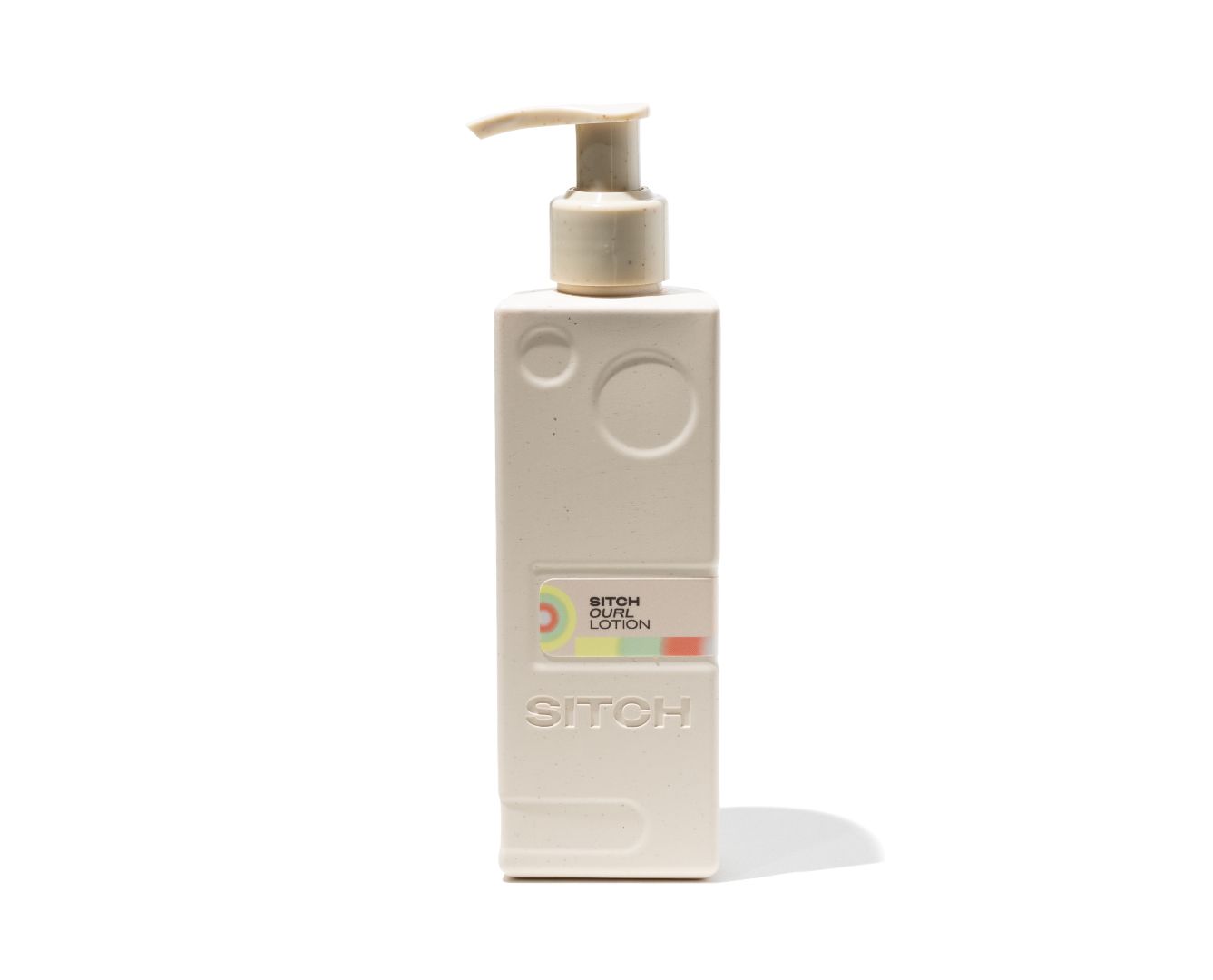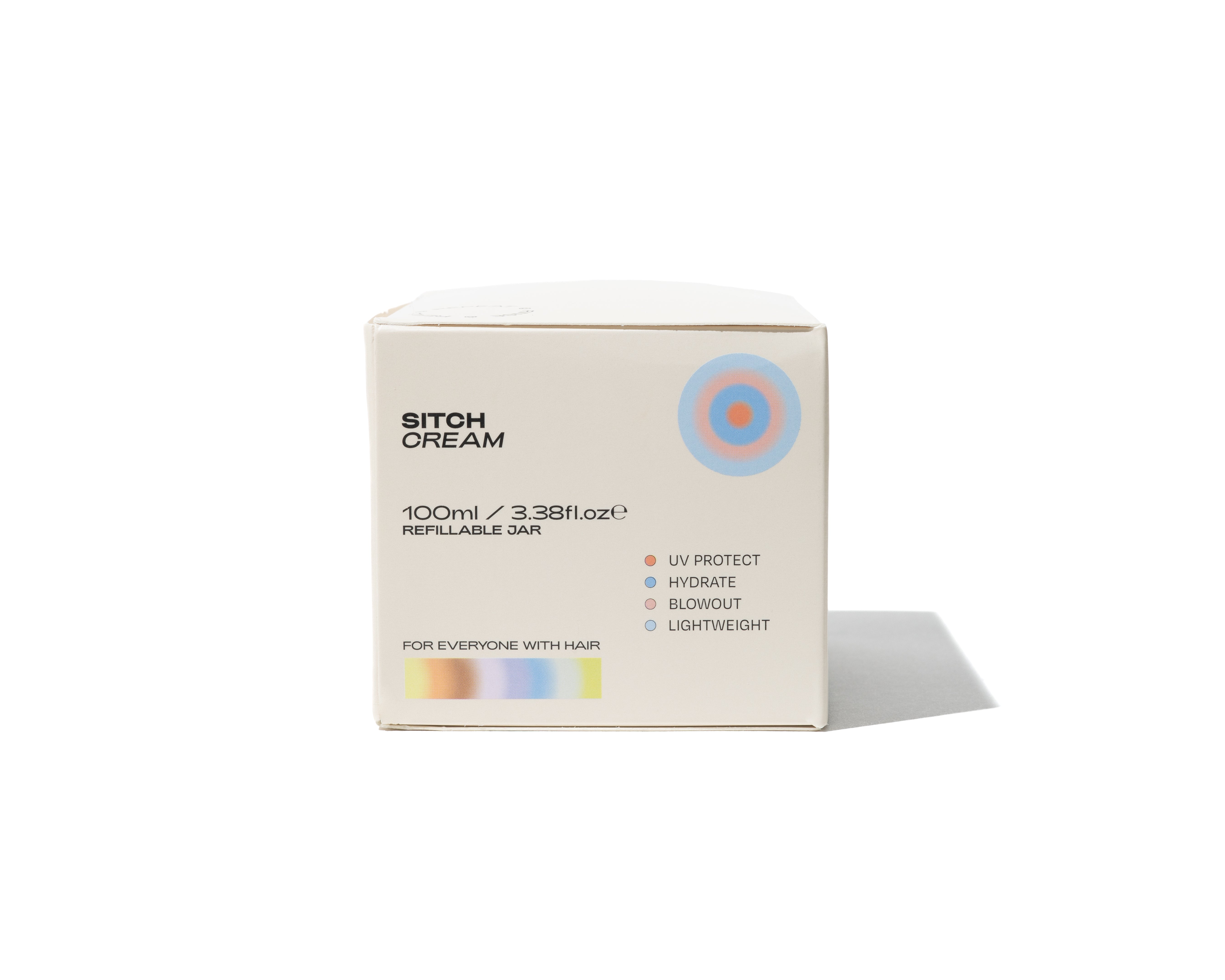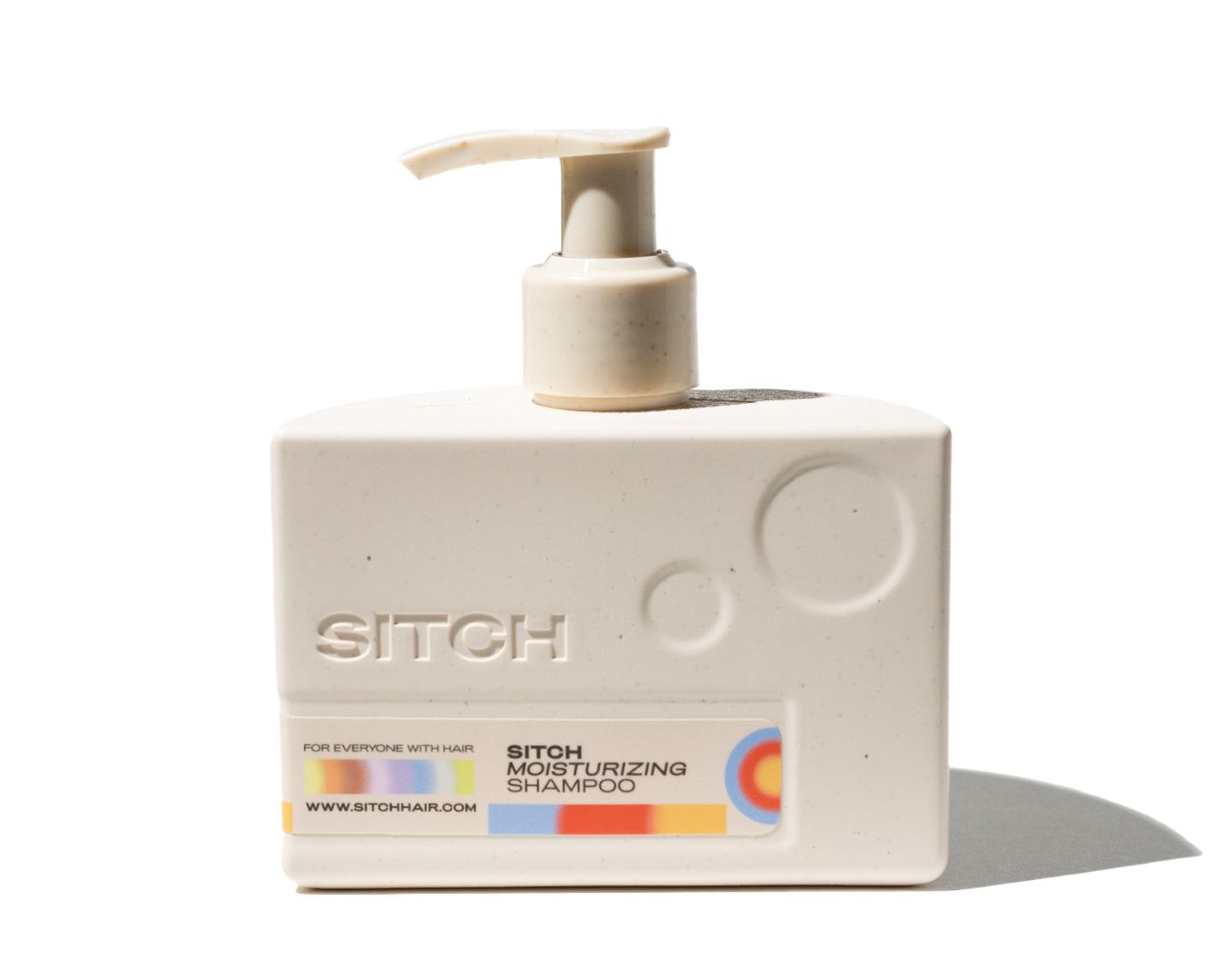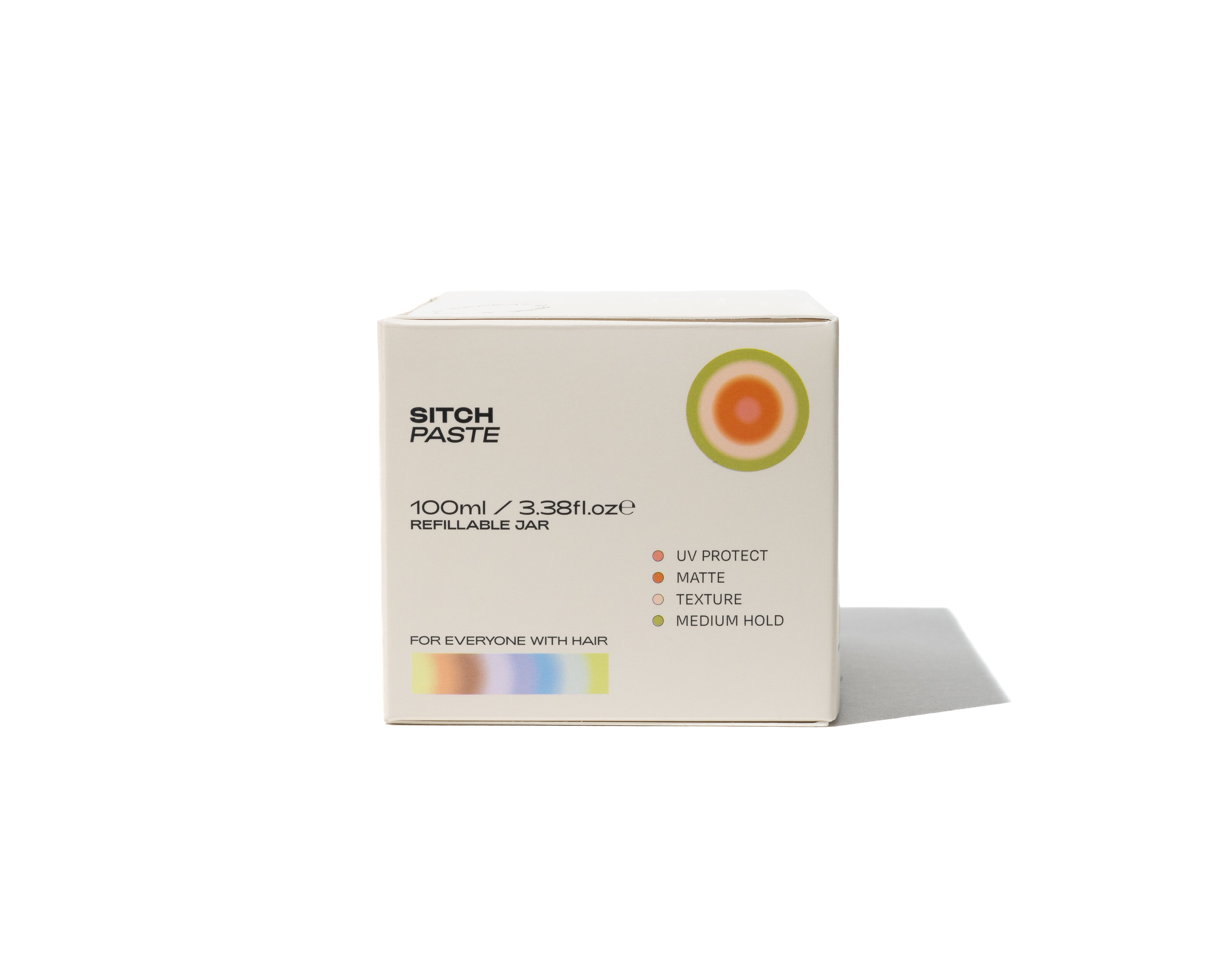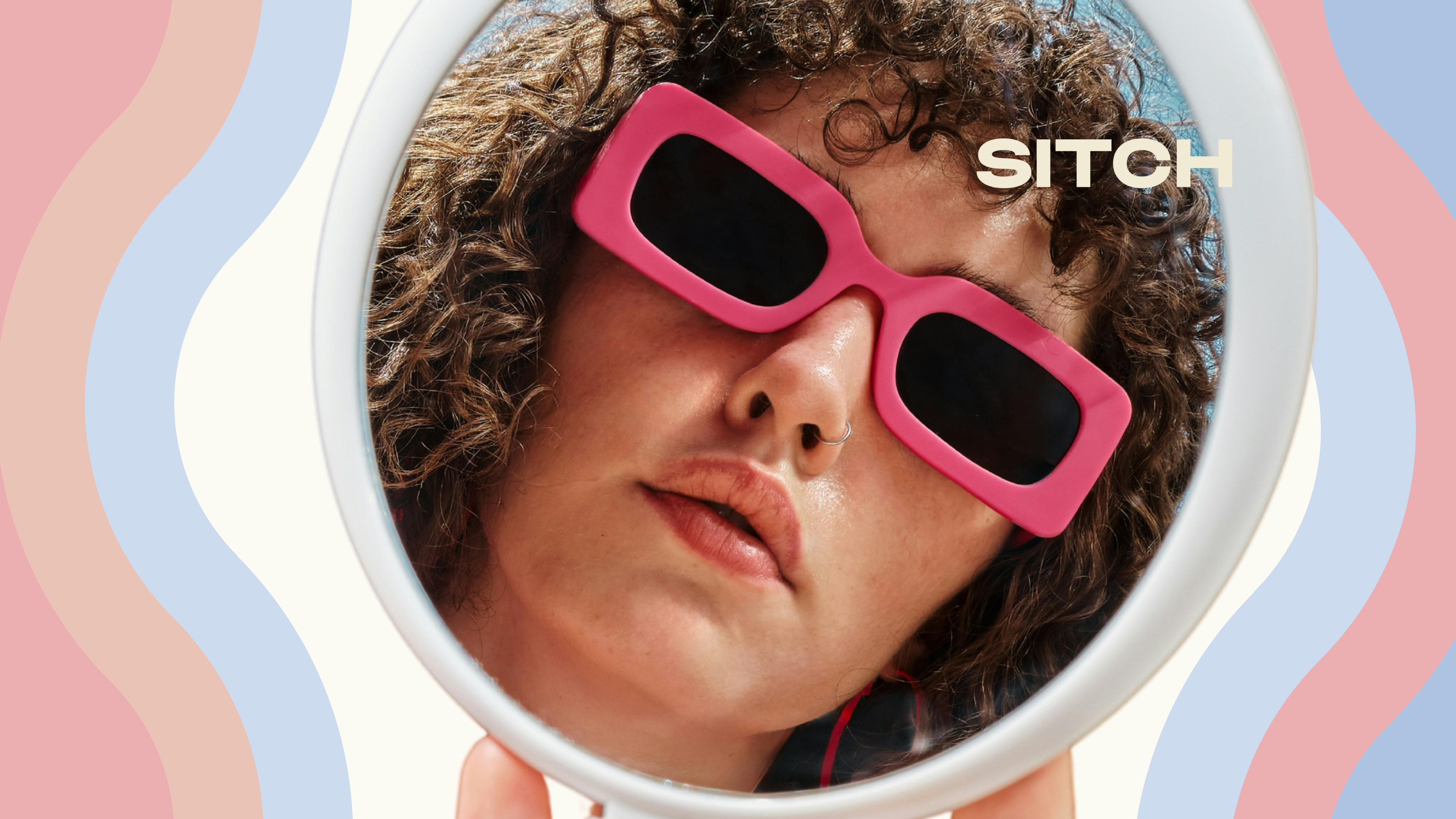Shampoo Won’t Grow Hair; Here’s Why
You might not think twice about your shampoo... after all, it’s just meant to clean your hair, right?
But what if the wrong shampoo was quietly contributing to your hair loss?
And what if, no matter how many bottles promise “hair growth,” shampoo can’t really regrow hair at all?
Let’s talk about what’s really happening on your scalp, and how SITCH is made to protect it from the inside out.

Can Shampoo Cause Hair Loss?
Yes; in some cases.
Certain shampoos, especially those formulated to thicken, coat, or “2-in-1 condition,” can leave behind residues like silicones, polymers, waxes, or oils that clog the follicle opening and irritate the scalp, leading to inflammation and accelerated shedding.
Harsh surfactants such as sodium lauryl sulfate can also strip the scalp’s barrier and microbiome, making it dry, itchy, and prone to micro- inflammation; another pathway to hair loss. So even though shampoo isn’t the root cause of baldness, bad formulations can create the perfect environment for hair fall.
Why Shampoo Can’t Regrow Hair
The truth: shampoo doesn’t stay on your scalp long enough to change follicle function.
Proven hair growth happens only through topical treatments (like minoxidil or prostaglandin analogs) that remain on the skin long enough to affect the follicle's growth cycle.
Even “caffeine” or “adenosine” shampoos show mild reduction in shedding but not true regrowth; their benefits come mostly from improved circulation and scalp condition, not stimulating dormant follicles.
In short: a shampoo can protect hair, not plant new ones.
The Missing Link: Scalp Health
Your scalp is living tissue; with a microbiome, a barrier, and oil glands that need balance just like facial skin.
When it’s clean, hydrated, and pH-balanced, follicles receive nutrients and oxygen.
When it’s imbalanced: too oily, dry, or inflamed; the scalp environment suffocates the root and accelerates loss.
A healthy scalp won’t regrow lost hair, but it keeps you from losing hair unnecessarily to irritation or product buildup.

How SITCH is Made for Scalp Health
At SITCH, we believe healthy hair starts where it grows. That’s why every product is designed to maintain the scalp’s natural ecosystem- not overwrite it.
-
Gentle cleansing: Our sulfate-free formulas remove buildup without stripping sebum or microbiome balance.
-
Balanced pH: We keep formulations to a scalp-friendly range (4.5–5.5) to protect barrier health and prevent dryness or irritation.
-
No residues: We never use “thickening” polymers, heavy silicones, or waxes that coat follicles or weigh the scalp down.
-
Botanical actives, not gimmicks: We focus on soothing extracts and micronutrients that reduce scalp inflammation — creating the environment where stronger hair can thrive naturally.
SITCH doesn’t promise miracle growth. We promise something smarter: keeping your hair right where it belongs.
Closing Thought
Shampoos don’t grow hair but they can protect it.
A calm, balanced, healthy scalp won’t regrow what’s gone, but it will help you keep what you have. And that’s the foundation for great hair, less waste, and everything SITCH stands for.
Research and Medical Articles
-
GoodRx (2025). 6 Shampoos That May Cause Hair Loss.
Explains how ingredients like DMDM hydantoin and harsh surfactants have been associated with scalp irritation and shedding.
https://www.goodrx.com/conditions/hair-loss/can-ingredients-in-my-shampoo-cause-my-hair-to-fall-out -
Verywell Health (2023). Shampoo Ingredients That Can Cause Hair Loss.
Reviews sulfates, silicones, and preservatives (like formaldehyde releasers) that disrupt scalp balance.
https://www.verywellhealth.com/shampoos-that-cause-hair-loss-5268050 -
D’Souza, P., & Rathi, S. K. (2015). Shampoo and Conditioners: What a Dermatologist Should Know. Indian Journal of Dermatology.
Discusses the science and formulation of shampoos and their impact on scalp and hair condition.
https://pmc.ncbi.nlm.nih.gov/articles/PMC4458934/ -
Trüeb, R. M., et al. (2018). Scalp Condition Impacts Hair Growth and Retention via Oxidative Stress. International Journal of Trichology.
Shows oxidative stress and scalp inflammation can accelerate follicle aging and shedding.
https://pubmed.ncbi.nlm.nih.gov/30783333/ -
Gavazzoni Dias, M. F. R. (2015). Hair Cosmetics: An Overview. International Journal of Trichology.
Reviews how surfactants and film-forming agents affect scalp and hair fiber integrity.
https://pmc.ncbi.nlm.nih.gov/articles/PMC4387693/ -
FDA (2020). What Consumers Should Know About Hair-Smoothing Products and Formaldehyde.
Explains why formaldehyde and formaldehyde-releasing ingredients in hair products are considered harmful.
https://www.fda.gov/media/146213/download -
Healthline (2020). 7 Healthy Scalp Tips for Strong, Shiny Hair.
Describes the connection between scalp microbiome balance and long-term hair retention.
https://www.healthline.com/health/beauty-skin-care/healthy-scalp -
XYON Health (2023). Scalp Health 101: Creating the Foundation for Great Hair.
Discusses oxidative stress and inflammation as central factors linking scalp condition and hair strength.
https://xyonhealth.com/blogs/library/scalp-health-101
